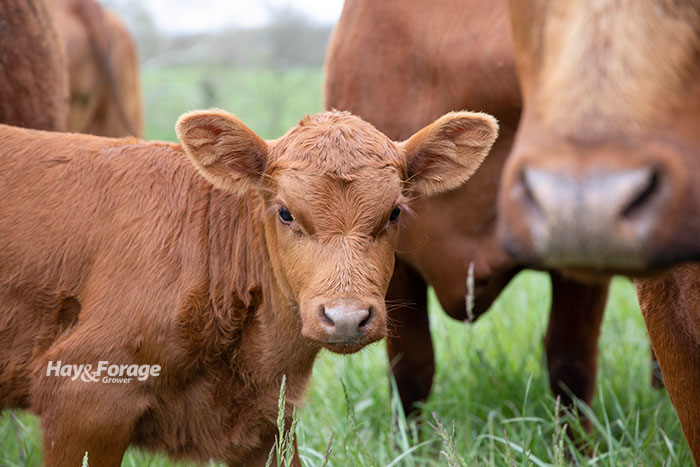
Spring calving season can be stressful enough without calf scours making animals sick and compounding medical costs. That is why the Sandhills Calving System was designed to limit the spread of calf scours and promote a healthier herd.
Mark Johnson with Oklahoma State University Extension says calf scours is a dynamic disease that is influenced by host, agent, and environmental factors. Scours typically affects calves 1 to 2 weeks of age, causing diarrhea and possibly death.
Johnson, a beef cattle breeding specialist, notes the number of infected calves tends to be greater than the number of healthy calves on many operations. The infected animals shed scours agents in their manure, creating a domino effect of disease spread from older calves to younger ones.
“The average dose load of pathogen exposure to calves is likely to increase over time within a calving season because calves infected earlier serve as pathogen multipliers and become the primary source of exposure to younger susceptible calves,” Johnson explains.
The Sandhills Calving System works by regularly moving pregnant cows to clean pastures and separating calves according to age. To implement this approach, turn the entire herd of bred cows out to part of a pasture and allow the calving season to run its course for two weeks. After two weeks, move the cows that haven’t calved to a second paddock while the pairs from the first round of calving stay in the first paddock.
Another week later, keep the pairs from the second round of calving in the second paddock and move the remaining bred cows to a third paddock. The cows that calve in the third round of calving stay in the third paddock, and so on. Continue moving pregnant cows every week until all of the calves have been born.
“This results in pairs in multiple pastures, each containing calves born within a week of each other,” Johnson states. “Cow-calf pairs from different pastures can be co-mingled after the youngest calf is 4 weeks of age, at which time all calves are considered low risk for neonatal diarrhea.”
The Sandhills Calving System ultimately prevents pathogen accumulation in the environment, which reduces sickness, the use of medications, and death due to calf scours. Johnson points out the system will take some planning in advance; however, it ensures the optimum conditions that exist at the beginning of calving season are consistent for every animal.

Amber Friedrichsen served as the 2021 and 2022 Hay & Forage Grower summer editorial intern. She currently attends Iowa State University where she is majoring in agricultural communications and agronomy.

